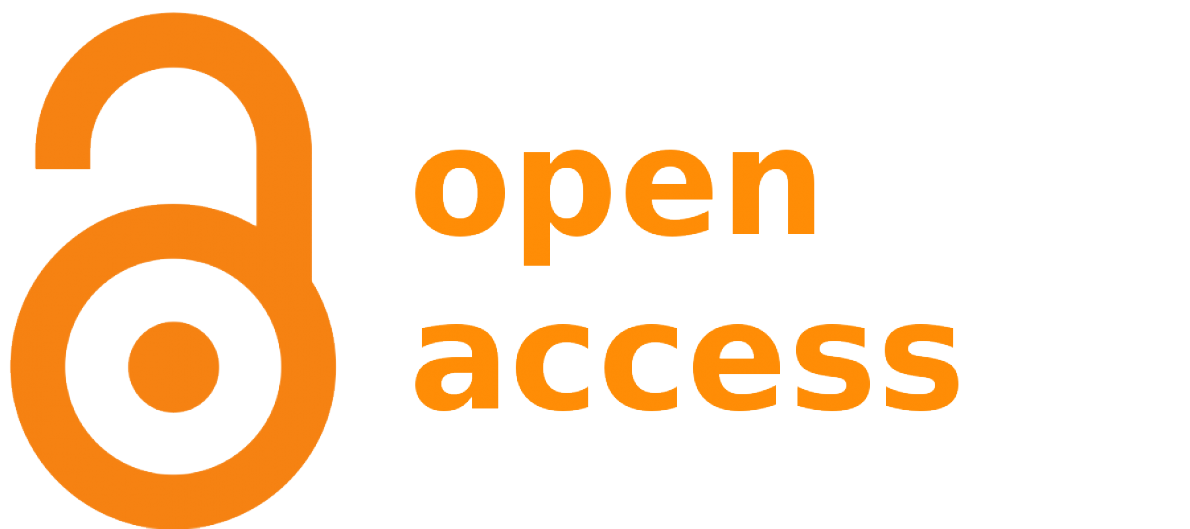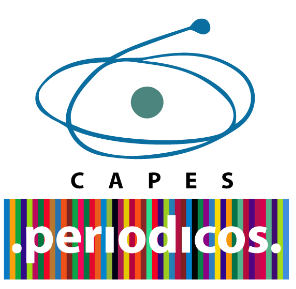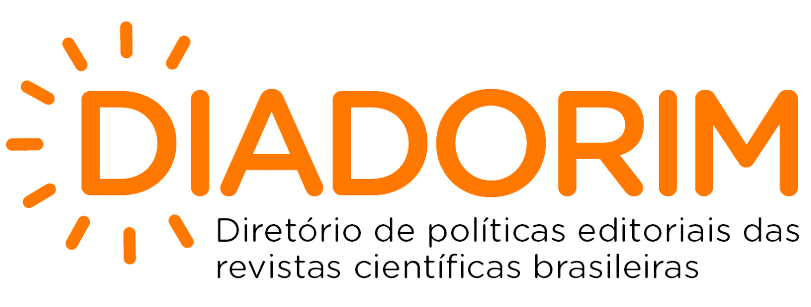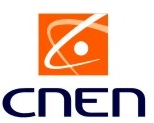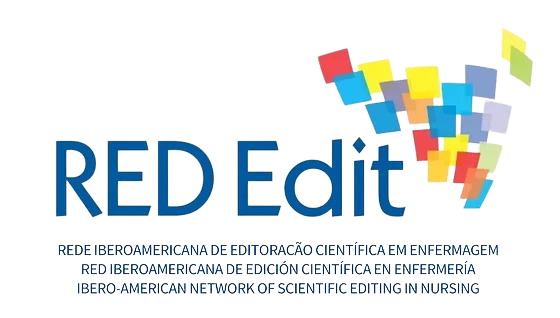Evaluation of the action time of the ice popsicle on thirst in the postoperative period
DOI:
https://doi.org/10.5433/anh.2020v2.id41605Keywords:
Thirst, Recovery Room, Ice, Nursing Care, Perioperative NursingAbstract
Aim: Assess the action time of a single ice popsicle on the intensity and discomfort of thirst in the immediate postoperative period. Method: This is a quantitative, quasi-experimental, pre- and post-test study, with a non-probabilistic sample of 63 adult patients in the immediate postoperative period. The 10 milliliter ice popsicle was administered to patients approved in the Safety Protocol for Thirst Management (SPTM), who were questioned every 10 minutes until completing 40 minutes about the intensity and discomfort of thirst, according to the visual numerical scale and the Perioperative Thirst Discomfort Scale. Results: The average intensity of thirst was 8.54, and the discomfort 6.76. After 10 minutes of popsicle administration, the average decreased to 4.92 and 3.71, respectively. There was a significant difference in the intensity and discomfort of thirst at different times (p<0.05) up to 30 minutes. Conclusions: The administration of a single 10 milliliter ice popsicle is sufficient to significantly reduce the intensity and discomfort of the surgical patient's thirst for 30 minutes. These findings require a reflection on the practices performed in the Post Anesthesia Care Unit, prioritizing the effective and humanized care of the surgical patient.
Downloads
References
Conchon MF, Nascimento LA do, Fonseca LF, Aroni P. Perioperative thirst: an analysis from the perspective of the Symptom Management Theory. Rev esc enferm USP. 2015 Feb;49(1):122-8. doi: 10.1590/S0080-623420150000100016
Nascimento LA do, Garcia AKA, Conchon MF, Aroni P, Pierotti I, Martins PR, et al. Advances in the Management of Perioperative Patients' Thirst. AORN J. 2020 Feb 1;111(2):165-79. doi: 10.1002/aorn.12931
Armstrong LE, Kavouras SA. Thirst and Drinking Paradigms: Evolution from Single Factor Effects to Brainwide Dynamic Networks. Nutrients. 2019 Nov 22;11(12):2864. doi: 10.3390/nu11122864
Maldonado RN, Conchon MF, Birolim MM, Fonseca LF. Thirst of the orthopedic surgical patient in the immediate postoperative. Rev baiana enferm. 2020 Apr; 34: e34533. doi: 10.18471/rbe.v34.34533
Pierotti I, Fracarolli IFL, Fonseca LF, Aroni P. Evaluation of the intensity and discomfort of perioperative thirst. Esc Anna Nery. 2018;22(3):1-7. doi: 10.1590/2177-9465-ean-2017-0375
Martins PR, Fonseca LF, Rossetto EG, Mai LD. Elaboração e validação de Escala de Desconforto da Sede Perioperatória. Rev esc enferm USP. 2017; 51:e03240:1-8. doi: http://dx.doi.org/10.1590/S1980-220X2016029003240
McKemy DD, Neuhausser WM, Julius D. Identification of a cold receptor reveals a general role for TRP channels in thermosensation. Nature. 2002 Mar 10;416(6876):52-8. doi: 10.1038/nature719
Garcia AKA, Fonseca LF, Aroni P, Galvão CM. Strategies for thirst relief: integrative literature review. Rev Bras Enferm. 2016 Nov 1;69(6):1215-22. doi: 10.1590/0034-7167-2016-0317
Conchon MF, Fonseca LF. Efficacy of an Ice Popsicle on Thirst Management in the Immediate Postoperative Period: A Randomized Clinical Trial. J PeriAnesth Nurs. 2018 Apr 1;33(2):153-61. doi: 10.1016/J.JOPAN.2016.03.009
Nascimento LA do, Fonseca LF, dos Santos CB. Inter-rater Reliability Testing of the Safety Protocol for Thirst Management. J Perianesth Nurs. 2018 Aug 01;33(4):527-36. doi: 10.1016/J.JOPAN.2016.07.008
Perlas A, Davis L, Khan M, Mitsakakis N, Chan VWS. Gastric sonography in the fasted surgical patient: A prospective descriptive study. Anesth Analg. 2011 Jul;113(1):93-7. doi: 10.1213/ANE.0b013e31821b98c0
de-Aguilar-Nascimento JE, Salomão AB, Waitzberg DL, Dock-Nascimento DB, Correa MITD, Campos ACL, et al. ACERTO guidelines of perioperative nutritional interventions in elective general surgery. Rev Col Bras Cir. 2017 Dec;44(6):633-48. doi: 10.1590/0100-69912017006003
Practice Guidelines for Preoperative Fasting and the Use of Pharmacologic Agents to Reduce the Risk of Pulmonary Aspiration. Anesthesiology. 2017 Mar;126(3):376-93. doi: 10.1097/ALN.0000000000001452
Pierotti I, Nakaya TT, Garcia AKA, Nascimento LA do, Conchon MF, Fonseca LF. Avaliação do tempo de jejum e sede no paciente cirúrgico. Rev baiana enferm. 2018 Dec 27;32. doi: 10.18471/rbe.v32.27679
Saker P, Carey S, Grohmann M, Farrell MJ, Ryan PJ, Egan GF, et al. Regional brain responses associated with using imagination to evoke and satiate thirst. Proc Natl Acad Sci. 2020 Jun 1;117(24):13750-6. doi: 10.1073/pnas.2002825117
Eccles R, Du-Plessis L, Dommels Y, Wilkinson JEE. Cold pleasure. Why we like ice drinks, ice-lollies and ice cream. Appetite. 2013 Dec;71(1):357-60. doi: 10.1016/j.appet.2013.09.011
Zimmerman CA, Lin Y-C, Leib DE, Guo L, Huey EL, Daly GE, et al. Thirst neurons anticipate the homeostatic consequences of eating and drinking. Nature. 2016 Sep 3;537(7622):680-4. doi: 10.1038/nature18950
Aroni P, Fonseca LF, Ciol MA, Margatho AS, Galvão CM. The use of mentholated popsicle to reduce thirst during preoperative fasting: A randomised controlled trial. J Clin Nurs. 2020 Mar 30;29(5-6):840-51. doi: 10.1111/jocn.15138
Puntillo KA, Arai S, Cooper B, Stotts N, Nelson J. A randosmized clinical trial of an intervention to relieve thirst and dry mouth in intensive care unit patients. Intensive Care Med. 2014;40(9):1295-302. doi: 10.1007 / s00134-014-3339-z
Downloads
Published
How to Cite
Issue
Section
License
Copyright (c) 2020 Advances in Nursing and Health

This work is licensed under a Creative Commons Attribution 4.0 International License.
All or the content of the newspaper is licensed under a Creative Commons Attribution License, of the CC-BY attribution type.
Authors retain the copyright, and authors are asked to indicate first publication in this journal in the event of republication. Articles published in Advances in Nursing and Health are licensed under the Creative Commons Attribution 4.0 International License, which ensures Open Access. This license allows any user to read, download, copy, and share the content, as long as it is properly cited. It also permits the reuse of the material, including its distribution, adaptation, and creation of derivative works in any format or medium, provided appropriate credit is given, a link to the license is provided, and any changes made are indicated. In addition, the license allows commercial use of the content.






